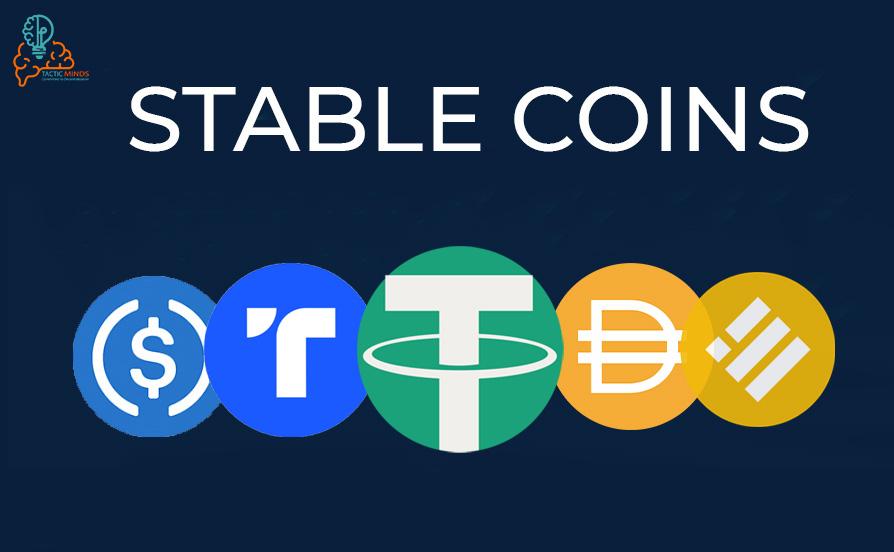What are Stablecoins? Their Benefits and Types
Stablecoins are cryptocurrencies that try to peg their market value to an external reference. These are more beneficial and less volatile than more-volatile cryptocurrencies as a medium of exchange. They may be pegged to a currency like the U.S. dollar or to the price of a commodity such as gold.
Benefits of Stablecoins:
Stablecoins have the following benefits:
- Stablecoins are being recognized globally and can be sent over the internet
- Stablecoins are easy to send and receive once you have an Ethereum account
- Demand for stablecoins is high nowadays, so you can earn interest for lending the stablecoins you already have. Make sure you are aware of the risks before lending
- Stablecoins can be exchanged for ETH and other Ethereum tokens. Most dApps rely on stablecoins
- They are secured by cryptography. No one can forge transactions on your behalf
Types of Stablecoins:

We can split Stablecoins into four major types:
Fiat Collateralized
These are stablecoins backed up by Fiat money. These are the most common stablecoins that exist today, backed up by USD. i.e., Tether (USDT), TrueUSD (TUSD).
Crypto Collateralized
These stablecoins are backed-up by other cryptocurrencies usually the ones with the largest market caps such as Bitcoin and Ethereum. They can also be backed up by a mix of cryptocurrencies. i.e., DAI, Wrapped bitcoin.
Commodity Collateralized
They are backed up by any commodity (Gas, Gold, Valuable metals, or Real Estate) that is interchangeable when it is traded on a market. i.e., Digix Gold, Pax Gold.
Non-Collateralized
These stablecoins are not backed-up by any Asset but use Algorithms to adjust the supply and demand of stablecoins to keep the value stable. They are experimental and not suitable as other stablecoins types. i.e., terraUSD or UST.
Commonly used Stablecoins:
Commonly used stablecoins are:
Tether (USDT)

Tether is an extremely popular stablecoin originally found in 2014. This is one of the most used stablecoins in the crypto space for many years. One tether can be swapped with one US dollar.
USD Coin (USDC)

This stablecoin is pegged to US dollar-based assets. These assets are regulated by United States financial institutions. This stablecoin has a wide range of uses in the crypto market, but it is more often used in decentralized finance mechanisms.
TrueUSD (TUSD)

This stablecoin is protected at an elevated level and is a verified ERC-20 token. The TrueUSD is backed by the US dollar. This stablecoin, like most of the popular stablecoins, is maintained at a 1:1 ratio.
Binance USD (BUSD)

It is the Binance crypto being pegged to fiat cash, more specifically, the US dollar. This is one of the most used stablecoins in the market.
Digix Gold

A popular stablecoin backed by Gold issued on Ethereum Blockchain.
Dai (DAI)

Dai is a unique stablecoin backed and stabilized by Ethereum-based currency. Since the value of this stablecoin is more than the US dollar, the MarketDAO secures the stablecoin by pegging it to the US dollar at a 1:1 ratio.
Wrapped Bitcoin

Wrapped Bitcoins are backed-up by Bitcoin and based on the Ethereum blockchain.
How to get stablecoins?
You can get stablecoins in the following ways:
- Swap: You can pick up the most stablecoins on decentralized exchanges. So, you have the facility to swap any token you might have for a stablecoin you want
- Buy: You can buy stablecoins directly from exchanges. Geographical restrictions will apply
- Earn: You can earn stablecoins by working on projects within the Ethereum ecosystem
- Borrow: You can borrow stablecoins by using crypto as collateral, which you must pay back

